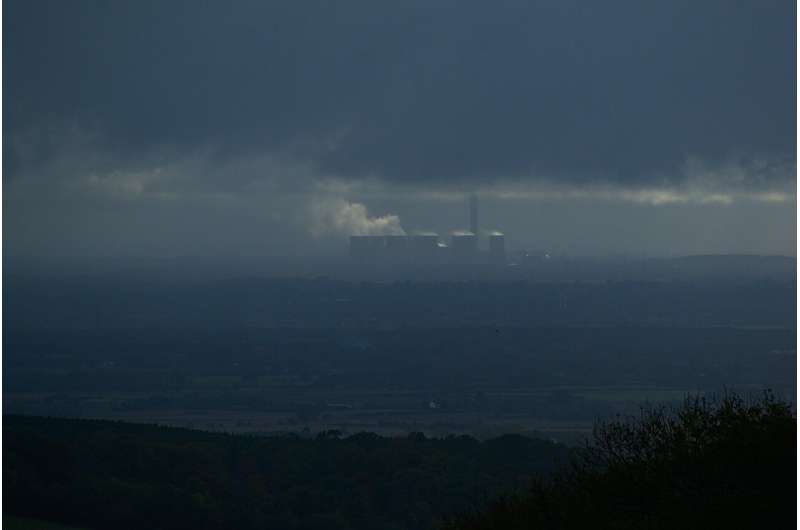Mapping the path to carbon neutrality

Ahead of COP26 in Glasgow, the University of Surrey has published a paper in Sustainability detailing how it will reduce its carbon emissions and reach Net-Zero by 2030. In the paper, Surrey's researchers share ideas and provide guidance on how other universities can apply the Science-Based Targets Initiative (SBTi).
The science-based pathway to Net-Zero laid down by the University can be followed by other educational institutions. Many of the approaches are also replicable by private, public and charitable organizations of a similar size. In addition to providing guidance, the paper also considers how to finance emission reduction pathways. If current high energy prices are sustained, the financial cases presented in the paper will be even stronger.
The University of Surrey is a leading UK university with an annual turnover of around £300m. Sustainability research is a vital part of research activity across the University, for example, at its Centre of Environment and Sustainability. Sustainability forms a central pillar across the teaching curriculum. Solar and renewable energies are a major theme within the research undertaken by the Advanced Technology Institute at the University of Surrey.
Actions the University will take to reduce its absolute carbon emissions by 46% over the next ten years (based on 2018/2019 emission levels) and achieve Net-Zero include:
- On-site renewable energy generation, including building a solar farm,
- Improving the energy efficiency of buildings,
- The purchasing of power from clean sources (including through direct investment in new renewable energy plants); and
- Investing in transparent and verified offsetting schemes, ideally locally, allows scrutiny of the offsetting credentials and unlocking social impact benefits for the local community. From 2030 onwards, the reliance on offsetting will be reduced as the University's abatement measures such as on-site renewable energy generation grow.
Professor Ravi Silva, Director of the Advanced Technology Institute at the University of Surrey, said that "there is a moral obligation for all deep-thinking organizations to champion change, and, with the expertise we have at the University of Surrey, we can lead the way in accurately calculating carbon emissions and developing robust plans to become carbon neutral. Our study offers advice and ideas, evidence and case studies, methods that other organizations can adopt to do their bit to tackle climate change. We all have a role to play."
The plan tackles Scope 1 and 2 emissions, as defined by the Greenhouse Gas Protocol, relating to direct and indirect emissions from owned or controlled sources and purchased energy. Work has begun to calculate and reduce Scope 3 emissions, covering indirect emissions that occur in the value chain, for example, through a reduction in flights taken and a sustainable procurement policy. More substantial baselining is taking place through 2021, which will subsequently be incorporated into the plan.
The University will publish progress on its pathway to Net-Zero in an annual sustainability report. By 2022, it will create an external-facing dashboard of emission data to facilitate transparent reporting, monitor progress towards Net-Zero targets and engage staff and students on climate action.
More information: Ciara O'Flynn et al, The Road to Net Zero: A Case Study of Innovative Technologies and Policy Changes Used at a Medium-Sized University to Achieve Czero by 2030, Sustainability (2021). DOI: 10.3390/su13179954
Provided by University of Surrey

















